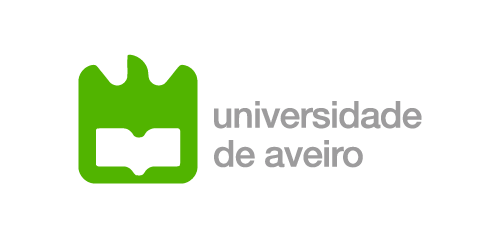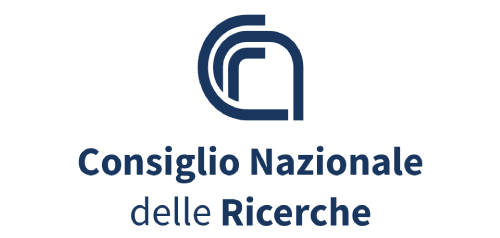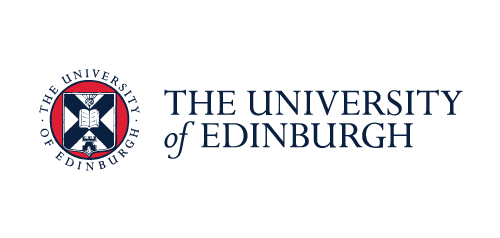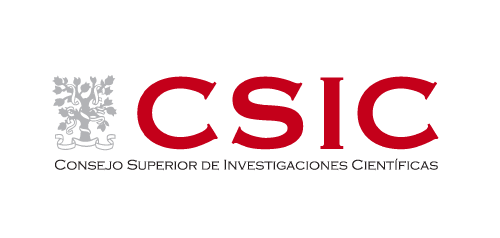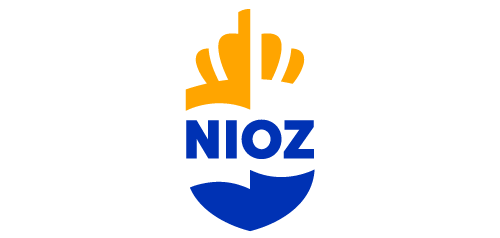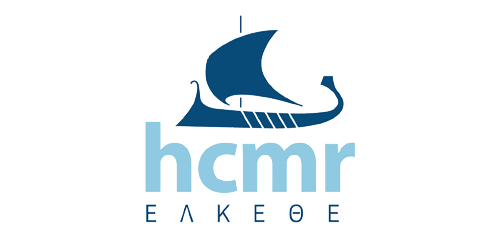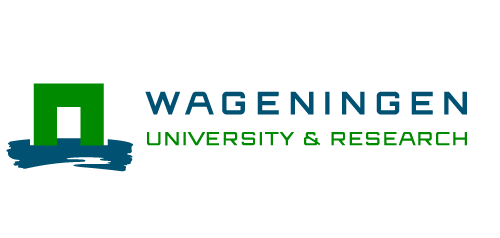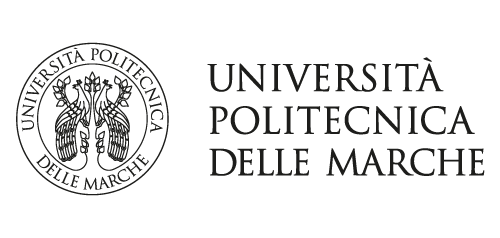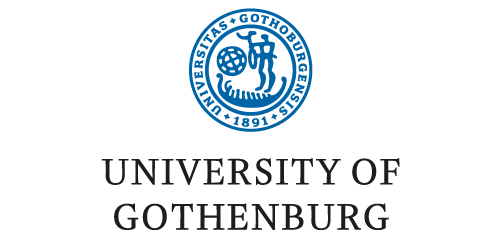Work Packages
WP1 will map degraded deep-sea habitats at EU scale, identifying the priorities for future restoration activities, modeling climate-change impacts to identify the deep-sea habitat refugia and will develop a roadmap for upscaling deep-sea restoration, under climate impact scenarios. WP2 will set and apply innovative approaches for the restoration of both soft- and hard deep-sea habitats ensuring effective restoration actions that can lead to enduring restoration successes in European Seas. WP3 will use the most innovative and technological advanced approaches available (TRL >5-6, the expected values of this Call), enabling the monitoring through cost-efficient solutions ensuring the maintenance of restoration interventions. WP3 will also analyze the efficiency/success of restoration in terms of recovery of biodiversity, marine ecosystem structure, function, and ecosystem services and, at the same time, will feed into WPs 4 and 5 dedicated to the socioeconomic impacts (through an Innovation System Approach), and assessing the cost-benefit analysis for the restoration of different habitat types, the blueprint for the financing of active restoration and the potential impact of restoration at EU level. WP6 will disseminate the REDRESS outcomes to the scientific community and to nonspecialized (citizen) audiences and will engage all stakeholders throughout the entire life of the project. WP6 will link the project to multiple actors, including the EU policymakers and national governments. Activities of WPs 1-6 and their interactions will be coordinated, modulated, and monitored by WP7 (management).
- reviewing, collecting and integrating all available information about deep-sea habitats’ degradation;
- mapping spatial information about deep-sea habitats in need for restoration;
- implementation of habitat suitability models that consider current and future climate change conditions;
- identification and prioritization of areas hosting deep-sea habitats in need of restoration activities
- Task 1.1. Analysis of current knowledge on deep-sea habitat degradation.
- Task 1.2. Habitat suitability modeling incorporating climate change and identification of habitat refugia.
- Task 1.3. Prioritization of deep-sea restoration areas in the NE Atlantic Ocean and Mediterranean Sea.
Objective: WP2 will carry out in field demonstration of the technological readiness of:
- deploying 3D eco-reef modules as a solution to restore the deep-sea coral belt;
- using an enhanced ‘badminton’ methodology to restore European hard-bottom coral garden habitats (octocorals, sponges);
- using an enhanced ‘badminton’ methodology to restore European soft-bottom habitats (sea-pens, sponges);
- deploying Eco- structures to restore cold (methane) seeps (chemosynthetic fauna).
Task list:
- Task 2.1. Restoration of deep cold-water coral reefs impacted by bottom trawling.
- Task 2.2. Restoration of hard-bottom coral gardens impacted by bottom longline fishing.
- Task 2.3 Restoration of soft-bottom habitats.
- Task 2.4. Restoration of chemosynthetic habitats at cold seeps.
WP co-leaders: UAc & UEDIN
Objective: WP3 will
- explore, adapt, and utilize established technological solutions to monitor active restoration in deep-sea habitats over extensive spatio-temporal scales and
- develop a long-term roadmap for continued monitoring and maintenance of all restoration sites beyond the completion of the REDRESS project.
Task list:
- Task 3.1. Building an inventory of available technologies and indicators for monitoring deep-sea restoration.
- Task 3.2. Monitoring and maintenance of active deep-sea restoration interventions.
- Subtask 3.2.1: Monitoring active restoration interventions at deep-sea coral reefs. Locations: Bay of Biscay (France), Dohrn Canyon (Italy), Porcupine Bank (Ireland), West of Shetland (Darwin Mounds, UK), Southern Iceland (Iceland).
- Subtask 3.2.2: Monitoring active restoration interventions at deep-sea octocoral and sponge habitats. Locations: Azores (Portugal), Catalan Sea (Spain), Skagerrak/North Sea (Sweden).
- Subtask 3.2.3: Monitoring active restoration interventions at cold seeps. Location: Palmahim Disturbance (Israel).
- Task 3.3. Monitoring the success of passive deep-sea restoration.
- Task. 3.4. Combining technologies for implementing deep-sea restoration at larger spatial scales.
- Task 3.5. Preparing a roadmap for monitoring and continuing deep-sea restoration efforts beyond the REDRESS timeframe.
WP co-leaders: CSIC, GEOMAR & NIOZ
Objective: WP4 will provide practitioners with socio-economic data and tools to evaluate, plan and upscale deep-sea habitat restoration based on up-to-date knowledge and solutions. The objectives are the:
- development of a database for natural capital accounting for deep-sea ecosystems,
- development of a cost-benefit analysis framework and tool for the restoration of different deep-sea habitat types,
- development of a specific blueprint for the financing of active deep-sea restoration, and
- analysis of the potential economic impact, at the EU level, of the establishment of a deep-sea restoration blue economy industry.
Task list:
- Task 4.1. Database for natural capital accounting for deep-sea ecosystems.
- Task 4.2. Cost-benefit analysis for the restoration of different habitat types.
- Task 4.3. Blueprint for the financing of active deep-sea restoration approaches.
- Task 4.4.Potential economic impact of deep-sea restoration at EU level.
WP co-leaders: NUI GALWAY & HCMR
Objective: WP5 will give insight into the governance of active and passive deep-sea restoration activities, and the consequent related policies and politics on deep-sea restoration. The specific objectives are:
- to assess the state-of-the-art of Deep-sea Restoration Governance Arrangements (DSRGA) in different cases of active and passive restoration and to identify for these DSRGA the enabling and constraining mechanisms/conditions to develop deep-sea restoration policies, and to improve climate change mitigation and/or protection/adaptation;
- to identify the differences/similarities of governing active and passive restoration in deep-sea environments;
- to enhance institutional capacity building of actors involved in deep-sea restoration activities;
- to map deep-sea restoration industries in a socio-economic and governance perspective (together with WP4).
Task list:
- Task 5.1. Analyzing deep-sea restoration governance arrangements for different types of deep-sea restoration in different deep-sea ecosystems.
- Task 5.2. Comparative analysis of active and passive restoration DSRGAs and their alignment and potential contribution to the policy objectives of deep-sea habitat restoration, conservation, and climate change mitigation.
- Task 5.3. Enhancing capacity building of different actors involved in DSRGAs.
- Task 5.4. Positioning deep-sea restoration industries from a socio-economic and a governance perspective.
WP co-leaders: WU & HCMR
Objective: WP6 aims to facilitate behavioral and policy changes to promote deep-sea conservation through diverse and innovative outreach strategies. WP6 will
- engage scientific and public audiences in deep-sea conservation and the REDRESS project,
- use innovative methods to connect with students across various age ranges,
- incorporate industry stakeholders into future restoration actions, and
- establish a collaborative network also with other EU projects and initiatives on ecosystem restoration and conservation.
Task list:
- Task 6.1 Establishing an online presence for REDRESS via publicly accessible channels.
- Task 6.2 Maximizing awareness of REDRESS successes and achievements.
- Task 6.3 Cross-generation education and public engagement.
- Task 6.4 Student education and training.
- Task 6.5 Explore business model for deep-sea restoration and engaging with industries.
- Task 6.6 Networking and synergies with other EU projects and initiatives.
WP co-leaders: UNIVPM & Ugot
Objective: WP7 will ensure the daily controls and project management and a hierarchical approach to decisions via a Project Management Office. WP7 will:
- manage the Consortium, coordinate partners and act as interface with the EU;
- facilitate communication among partners;
- prepare periodic and interim reports, monitor deliverables and milestones;
- handle routine administration and financial matters;
- resolve any eventual problem or disputes within the Consortium; and
- represent the project in management events.
Task list:
- Task 7.1 Establishment of the Project Management Office (PMO) and Steering Committee (SC).
- Task 7.2 Organization of events (General Assembly, Advisory Board, and Steering Committee + annual meetings).
- Task 7.3 Data management plan & Knowledge and Intellectual Property Rights (IPR) Plan.
- Task 7.4 Resource use, so the PMO will take care of financial management.
- Task 7.5 Coordination of partners in meetings/workshops and preparation of periodic and interim reports for the EC.
WP leader: UNIVPM
